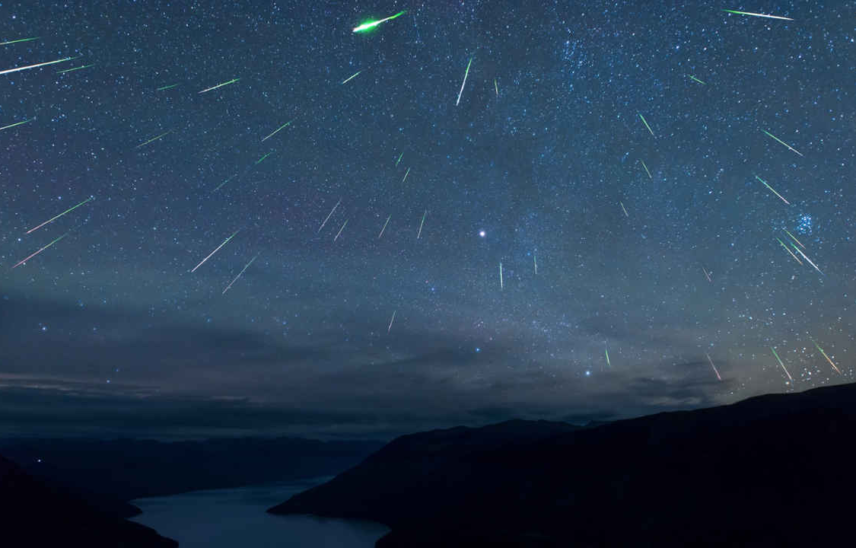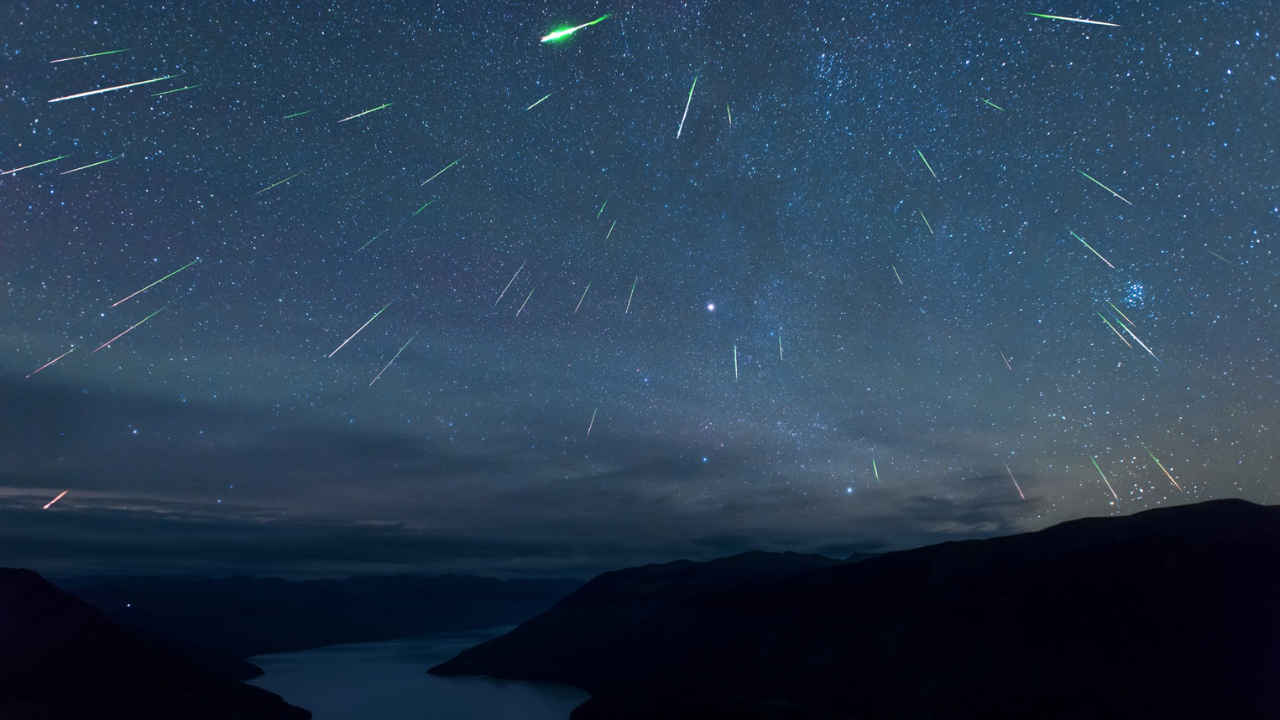
- Home
- Managed Services
- Cyber Security
- Blog
- About Us

We 365 Admin Support, just simplify your IT problems
Call for a free support. +91 96666 59505Platform Partnership
- Who We Help
- Shop
- Contact
- News






KEY POINTS
Table of Contents
ToggleThe Quadrantid meteor shower is an extraordinary annual event that typically unfolds between January 3 and 4. Known for its remarkable intensity, this meteor shower can showcase up to 120 meteors per hour during its peak phase. This makes it one of the most striking celestial spectacles of the entire year. “The Quadrantids, also referred to as Bootids, derive their name from the now-obsolete constellation Quadrans Muralis,” noted Sumit Srivastava, a senior scientific officer at the Indira Gandhi Planetarium in Lucknow. He further elaborated that this meteor shower is the inaugural one of 2025, and it is anticipated to be the brightest and most spectacular of the upcoming year.
The spectacle occurs as Earth navigates through the remnants left behind by either a comet or an asteroid. This cosmic interaction results in brilliant streaks of light that pierce through the night sky. For those in Lucknow, the Indira Gandhi Planetarium is making arrangements to offer telescopes for public viewing, allowing everyone to enhance their stargazing experience.
According to NASA, the Quadrantids rank as one of the four major annual meteor showers, alongside the Lyrids, Leonids, and Ursids. Each meteor shower features its distinct peak period for viewing. The Quadrantid shower commenced on December 27 and is expected to reach its zenith on January 3.
If you’re eager to witness this awe-inspiring phenomenon, NASA suggests seeking a viewing spot that is distanced from the glare of city lights. Observing the shower during the nighttime or early morning hours will yield the clearest and most stunning visuals.
As the first meteor shower of the year, the Quadrantids present a fantastic opportunity for both casual observers and amateur astronomers. Whether you choose to view the meteors with the naked eye or through the telescopes made available at the planetarium, this meteor shower promises an unforgettable chance to marvel at the wonders of the universe.
For optimal viewing conditions, it’s best to head to an area with minimal light pollution. The dark skies will allow the meteors to shine more vividly as they streak across the atmosphere. Remember to bundle up if you’re planning to head out in the chilly winter air, as the best views are often found under the clear, dark skies of early January.
The Quadrantid meteor shower is particularly renowned among meteorite watchers due to its unique fireball meteors, which can be brighter and larger than typical meteors. These fireballs can create a truly breathtaking visual experience, making the event a must-see for anyone interested in celestial events.
As you prepare for the Quadrantid meteor shower, it’s a great idea to educate yourself on how to best spot the meteors. Finding a comfortable spot to lie back and watch the sky, accompanied by some hot cocoa, can create a lovely experience for friends or family. Sharing the experience with others can make it even more memorable, as you all gather together to enjoy the celestial marvels above.
So mark your calendars for the Quadrantid meteor shower on January 3-4 and find a dark sky location away from city lights. Get ready for an astounding display of shooting stars that showcases the beauty and complexity of our universe.